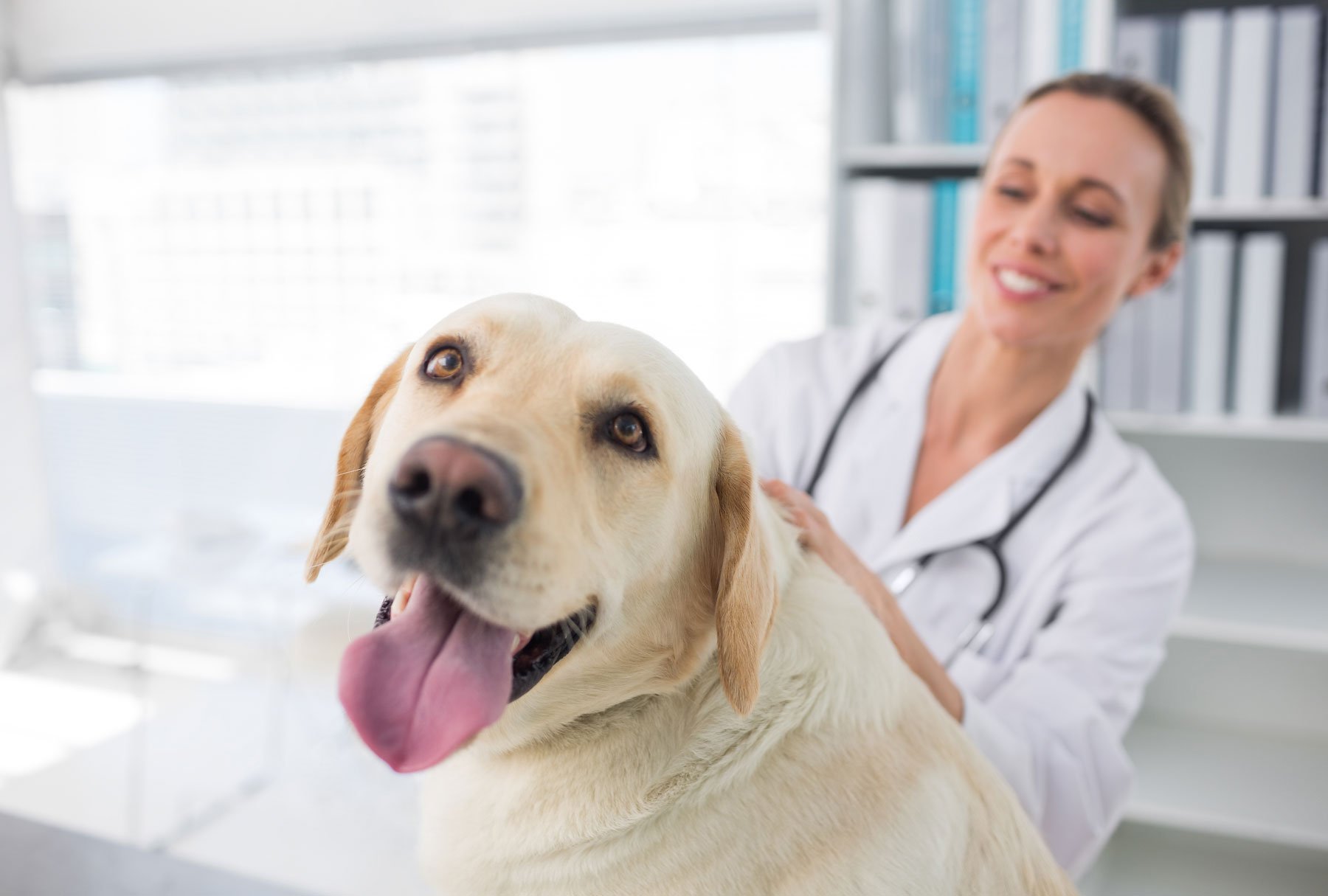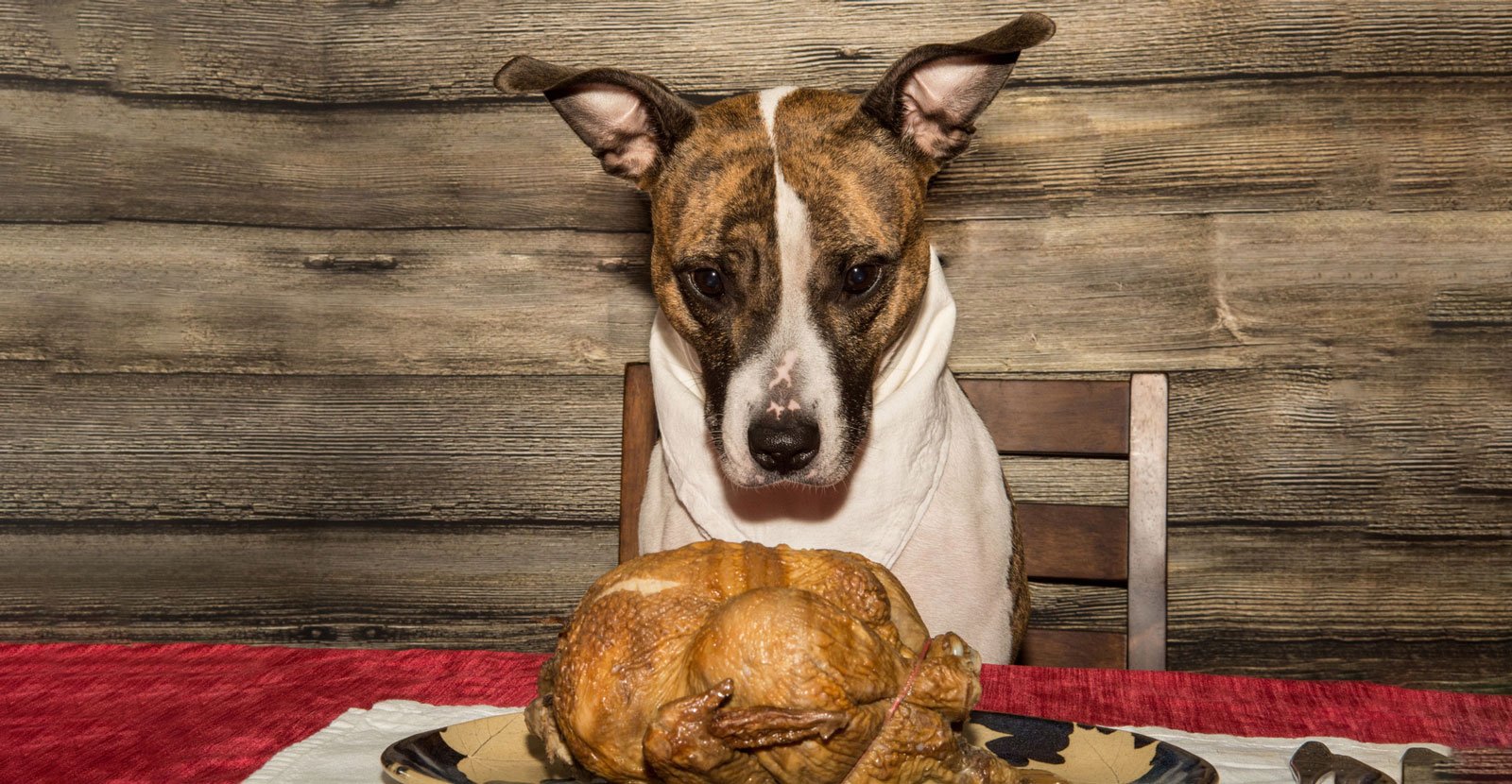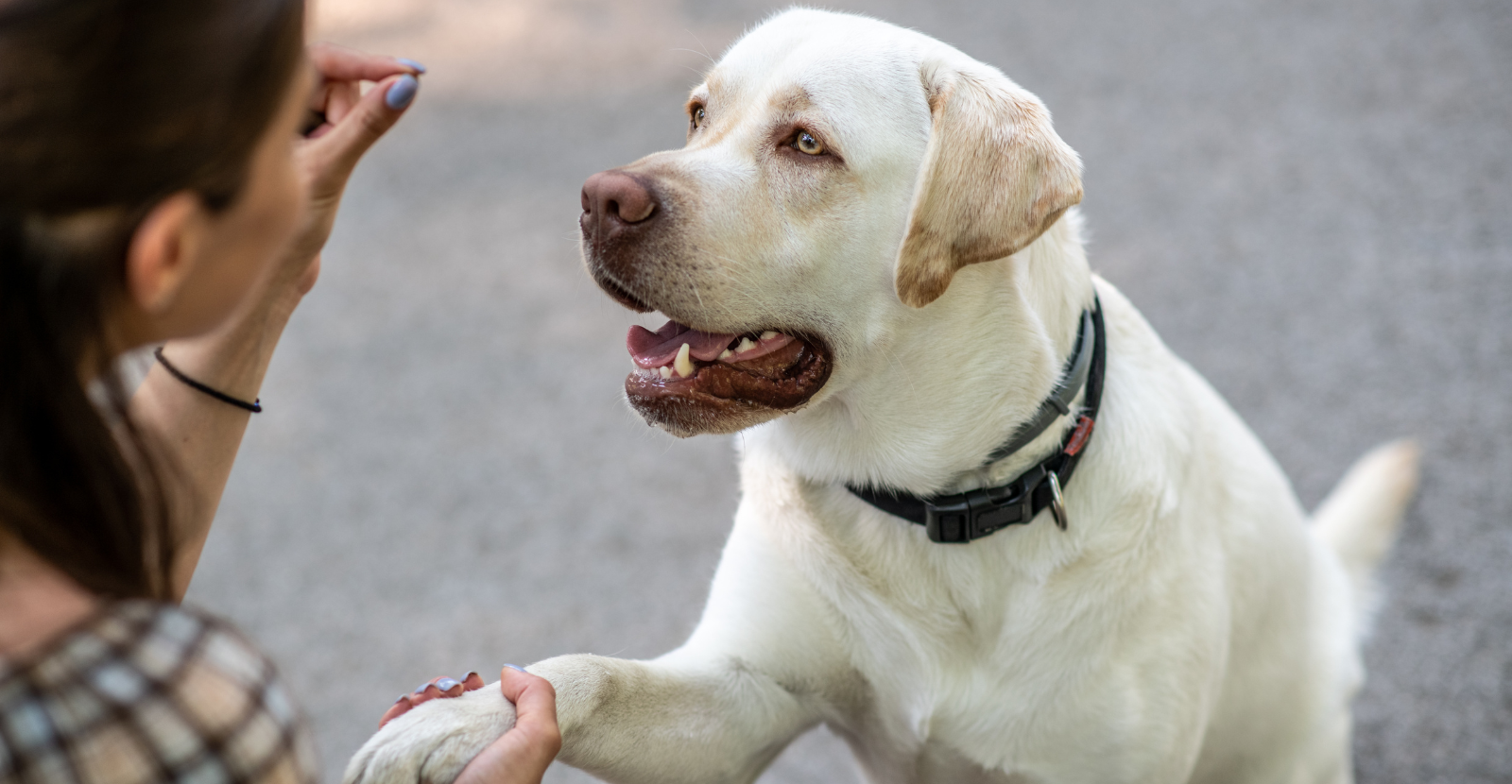
October is National Animal Safety & Protection Month, a month dedicated to safe care and handling of our favorite animals. Parnell Living Science is honoring this month with pet safety tips to prepare you, should there be a pet emergency.
More Australians own pets than ever before. However, most aren’t prepared for a pet emergency, should they encounter one. This is the last in this month’s series of articles about what to do in case of a pet emergency.
What is considered an emergency?
Pet parents know when to see the veterinarian and often schedule an appointment. You probably visit your veterinarian for routine wellness exams and to keep us with your dog’s vaccinations. But an important part of having a fur-baby in your family is the ability to distinguish the difference between needing to schedule an appointment and knowing when to take your fur-baby to an emergency veterinary clinic. Preventative care is important to keep your pet in the best health they can be in. Emergency care is needed when something unexpected happens.
Here are the top emergencies veterinary ER clinics see:
- Any trauma or injury with bleeding that doesn’t stop within 5 minutes
- Pet poisoning ranging from eating house plants to chocolate. Read this earlier post.
- Severe vomiting or diarrhea: more than two episodes in a 24-hour period
- Heat stress-related injuries or heatstroke
- Fractured or broken bones
- Seizures or staggering
- Unconsciousness
- Refusal to drink water for 24 hours
- Injuries to your pet’s eyes
- Extreme lethargy, no energy, or not being able to move or walk
While this list does not contain every reason, it helps with ideas on the best judgement call for you to make. Of course, whenever in doubt, call your veterinary clinic and ask their advice on how best to care for your pet. This is easy to do during regular office hours. Remember, most veterinarians have an after-hours care hotline. Be sure to have this number in case you need it. From there, they can recommend if your dog can wait until the next opening to be seen, or if they need to be seen immediately at an emergency clinic.
What should you have in a Pet Emergency Kit?
If something happens at home, you probably know where things are in an emergency. Some people keep an emergency kit in their car when they travel. However, a fun trip to the dog park could result in an emergency, which is when being prepared is also needed. Consider keeping items for a pet emergency in your car. Here is a list of things you should include:
- Pet Emergency Info Sheet (already filled out)
- Gauze rolls, which is easier to use on furry areas
- Adhesive tape to secure the gauze
- Towel or a blanket to wrap your dog in, should they need warmth
- Hydrogen peroxide to induce vomiting (only when directed by a veterinarian or a poison-control expert on the phone)
- Sterile non-stick gauze pads for bandages
- Bottled water to pour in a travel water bowl for your dog to drink if dehydrated, or to clean the injury if needed.
Have you read our other posts to prepare you for a pet emergency? If not, read them now. They are:
- What to Do if Your Dog Eats Chocolate which also discusses what to do with any poison in your dog, but especially understanding chocolate.
- Are You Prepared for Pet Emergencies? This article gives examples of emergencies and what you should do to be prepared.
Thanks for being an educated pet parent! Be sure to forward this information and share it with other pet parents so they can be informed by clicking the share button below, and selecting your preferenced social platform. Again, Parnell hopes none of this information is ever needed in your household. But if it is, now you know!
Don't forget to download (and fill out) your Pet Emergency Info Sheet by clicking the button below!













